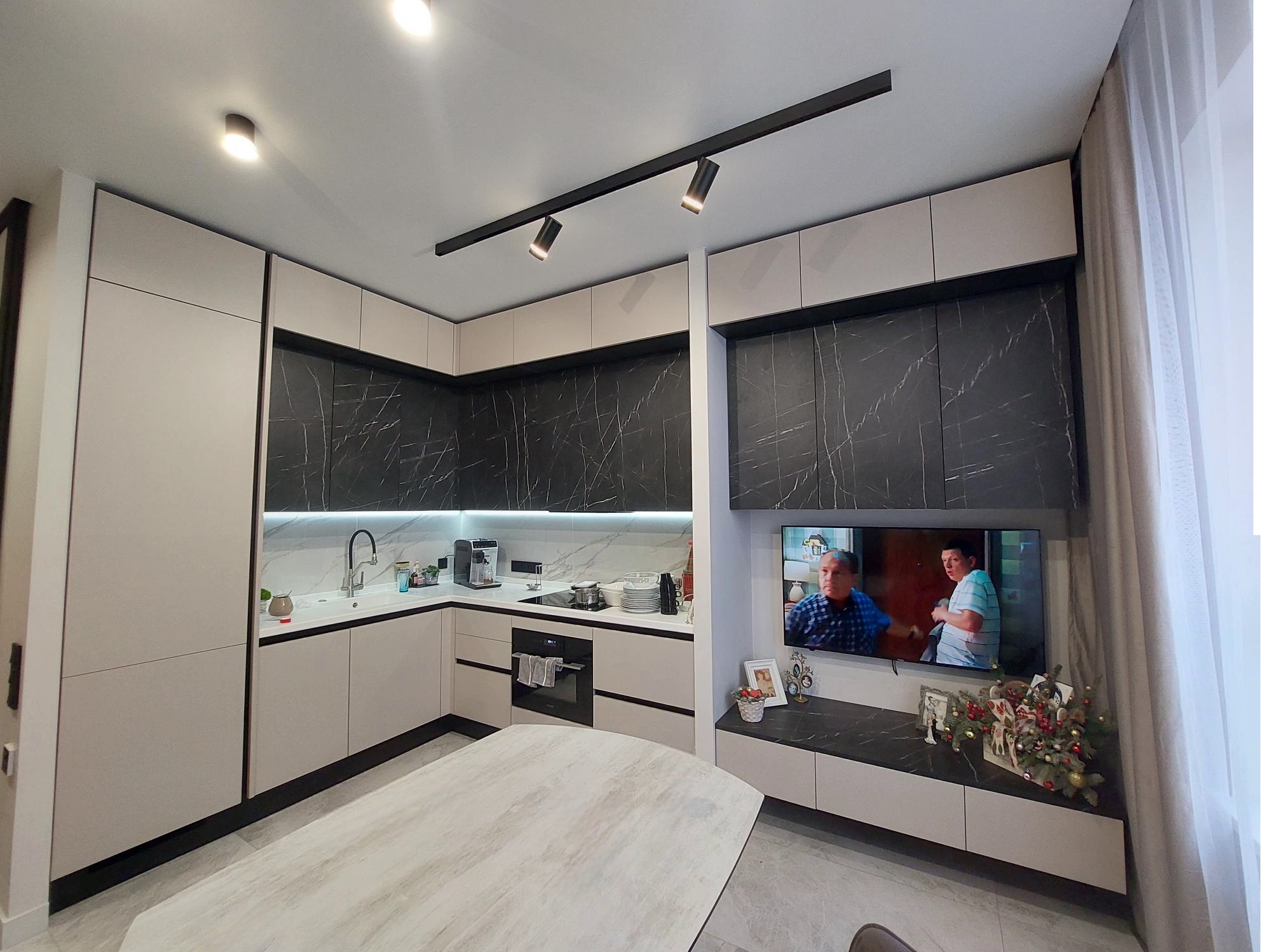
The Revolution in Culinary Spaces
In recent years, we've seen a significant transformation in culinary spaces. As the world of gastronomy continues to evolve with the introduction of new technologies and a stronger emphasis on design aesthetics, our very notion of what constitutes a 'kitchen' is being redefined. From professional restaurants to home cooking areas, culinary spaces are no longer just functional zones for food preparation; they've become experiences that engage all the senses and foster community.
Embracing Technological Innovation
One of the most exciting developments in the transformation of culinary spaces has been the adoption of cutting-edge technology. Smart kitchen appliances that connect to the internet, high-tech stoves and ovens that allow precise temperature control, and automated systems that can order groceries when supplies run low are just a few examples of how technology is making our culinary spaces more efficient and intuitive. These innovations are not only changing how we cook but also revolutionizing how we interact with our cooking environment.
The Aesthetics of Culinary Spaces
Another important aspect of the transformation of culinary spaces is their design. Modern kitchens are now focal points of the home, often designed with an open-plan concept that fosters interaction and entertainment. High-quality materials, bold color choices, and sleek lines are characterizing contemporary culinary spaces, turning them into works of art. Designers and architects are working to ensure that these spaces are not only functional but also aesthetically pleasing, reflecting the personalities and tastes of those who use them.
Sustainability and Responsibility
Sustainability has become an increasingly important consideration in the redesign of culinary spaces. This involves creating kitchens that are energy efficient, use sustainable materials, and reduce waste. Innovations such as composting systems, water-saving dishwashers, and appliances that are more energy-efficient play a pivotal role in this transformation. Today's culinary spaces are not only about looking good and being high-tech; they are also about being responsible stewards of the environment.
Conclusion
The culinary spaces of today are rapidly changing to accommodate new tastes, technologies, and ecological concerns. They are becoming more than just places to prepare meals; they are vibrant social areas, personal expressions of style, and showcases for innovative technology. The transformation of these spaces is a testament to the changing landscape of the culinary world, one that requires flexibility, creativity, and a commitment to sustainability. As we continue to rethink and remodel our culinary spaces, we open the door to new possibilities that enhance our daily lives and benefit the environment.